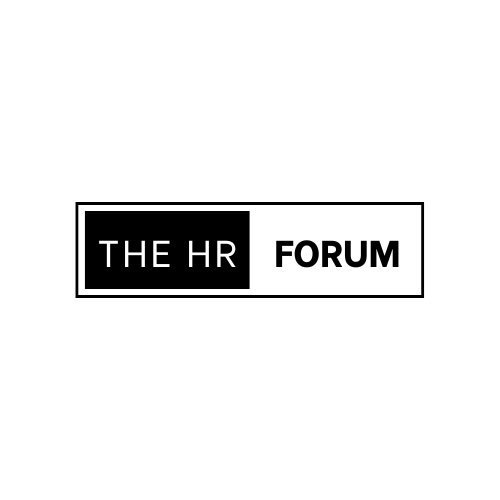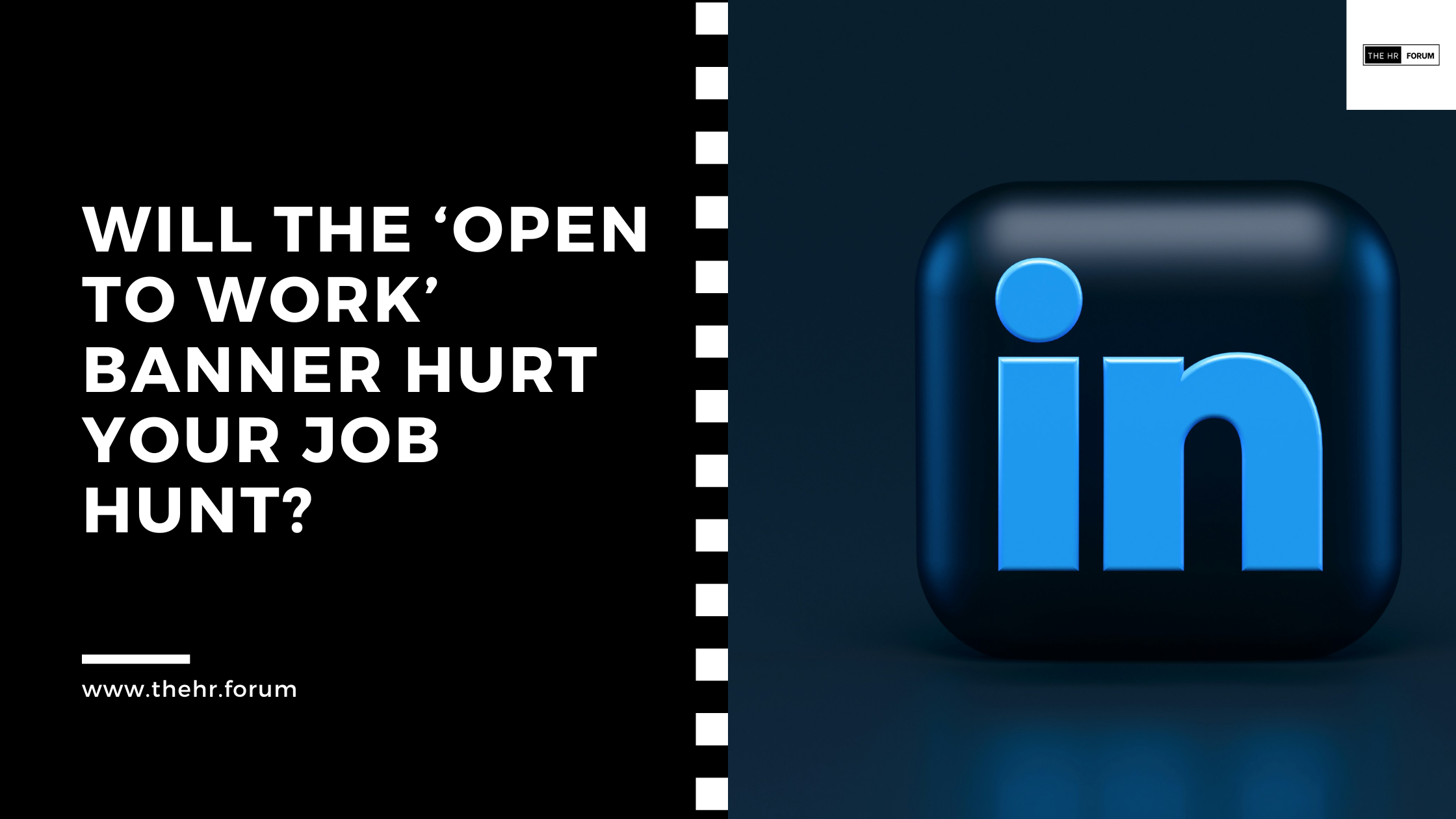Will the ‘Open to Work’ Banner Hurt Your Job Hunt?
One question we hear often from job seekers is:
“If I switch on the green ‘Open to Work’ banner on LinkedIn, will it hurt my job search?”
It’s a common concern. Visibility in the job market can feel risky, and no one wants to appear desperate. But in reality, the banner is rarely, if ever, a reason for recruiters or hiring managers to reject a candidate.
Let’s unpack what the banner does, what candidates worry about, and how to approach it in your LinkedIn job search.
What the ‘Open to Work’ Banner Really Does
The green banner is essentially a signal. It shows that you’re open to opportunities.
From a recruiter or HR professional’s perspective, this is helpful:
- It indicates you’re likely to respond quickly.
- It helps recruiters prioritise outreach when searching through many profiles.
- It saves time in the recruitment process because they know you’re actively looking.
For candidates, this is a small but useful tool. It makes your profile more discoverable and can lead to more direct contact from recruiters.
Importantly, it does not mark you as desperate or unprofessional.
It’s simply a visibility tool.
Addressing Perception Concerns
Some candidates worry the banner might look desperate or unprofessional. They ask:
- Will hiring managers make assumptions about me?
- Could it reduce my chances of landing a role?
The reality is simple:
- If your skills, experience, and achievements align with the role, a banner won’t affect the decision.
- If your profile isn’t a fit, no banner will change that.
Recruiters and HR teams focus on measurable outcomes and evidence of impact:
- Your achievements and results in previous roles.
- Skills relevant to the position or industry.
- Your ability to contribute to business goals and organisational needs.
The banner doesn’t influence these factors. It only shows that you’re open to opportunities, which most recruiters find useful rather than off-putting.
Choosing How to Use the Banner
LinkedIn gives candidates two main options when using the ‘Open to Work’ feature:
- Show everyone – The banner is visible to all, including your current network.
- Show only recruiters – The banner is visible only to recruiters using LinkedIn’s search tools.
How you choose depends on your situation:
- Actively seeking a new role: Make the banner visible to all. It increases discoverability and may lead to more direct contact from recruiters.
- Currently employed and prefer discretion: Limit visibility to recruiters. You remain visible in searches without alerting colleagues or your current employer.
Neither choice is wrong. It’s about what feels right for your job search strategy.
What Really Makes a Difference in Job Searching
The banner is a small part of the overall picture. The factors that truly influence whether you land a role are:
- Your LinkedIn profile: Make sure it’s up to date, clear, and tailored to your sector. Highlight achievements, measurable results, and your expertise in HR, talent acquisition, or relevant areas.
- Your CV: Focus on impact rather than just listing responsibilities. Demonstrate how you’ve contributed to organisational goals and delivered results.
- Your network: Engaging with HR forums, LinkedIn groups, and professional communities helps you stay visible and informed.
- Conversations with recruiters: Personal outreach, networking, and following up on opportunities make a real difference in securing interviews.
The green banner can complement these activities, but it won’t replace them.
Why Candidates Overthink It
Many job seekers fixate on the banner because it’s something they can control. Job searching is stressful, and it’s natural to worry about perception.
The key is to focus energy on actions that genuinely influence outcomes:
- Updating your LinkedIn profile and CV.
- Building and maintaining professional connections.
- Preparing for interviews and conversations with hiring managers.
These steps have a far greater impact than whether your profile has a small graphic.
Tips for Using the ‘Open to Work’ Banner Effectively
If you decide to use the banner, here are some ways to make it work for you:
- Pair it with a strong headline: Your LinkedIn headline should summarise your role, expertise, or value proposition. The banner alone won’t convey your strengths.
- Keep your profile optimised: Include keywords relevant to your field such as HR recruitment, talent acquisition, candidate experience, and employee engagement. This improves discoverability.
- Engage regularly: Share insights, comment on posts, and participate in professional discussions. Active engagement increases visibility far more than a banner.
- Be strategic about privacy settings: LinkedIn allows you to control who sees your banner. Make sure your choice aligns with your comfort level and job search goals.
Our Advice
If you’re unsure about using the banner:
- Use it if it helps you feel visible.
- Hide it if discretion matters more.
- Don’t overthink it, your experience and skills carry more weight than any graphic.
Recruiters and hiring managers care about what you can bring to a role. The banner is secondary.
Focus on What Gets Results
Job searching can be challenging. Don’t let minor concerns distract you from what really works:
- Updating and optimising your LinkedIn profile and CV.
- Building a relevant network.
- Engaging with recruiters, hiring managers, and professional communities.
- Preparing for interviews and showcasing your expertise.
The green banner is optional. Your skills, experience, and professional engagement are what truly make the difference.
If you want to increase visibility in your job search, the ‘Open to Work’ banner can be a helpful too, but only as part of a broader strategy. Focus on your profile, your network, and your conversations.
That’s how opportunities find you.
Thank You
Thanks for visiting us at The HR Forum
We hope you found this post useful.
If you’d like to connect, share a post or ask a question, we’d love to hear from you.
You can drop us an email or visit us at our HR Community on Substack.
Similar Posts
If you found this post helpful, you might also like:
Should you share interview questions with candidates?
Balancing AI and Human Judgement in Recruitment
The HR Forum is brought to you by The HR Guys

